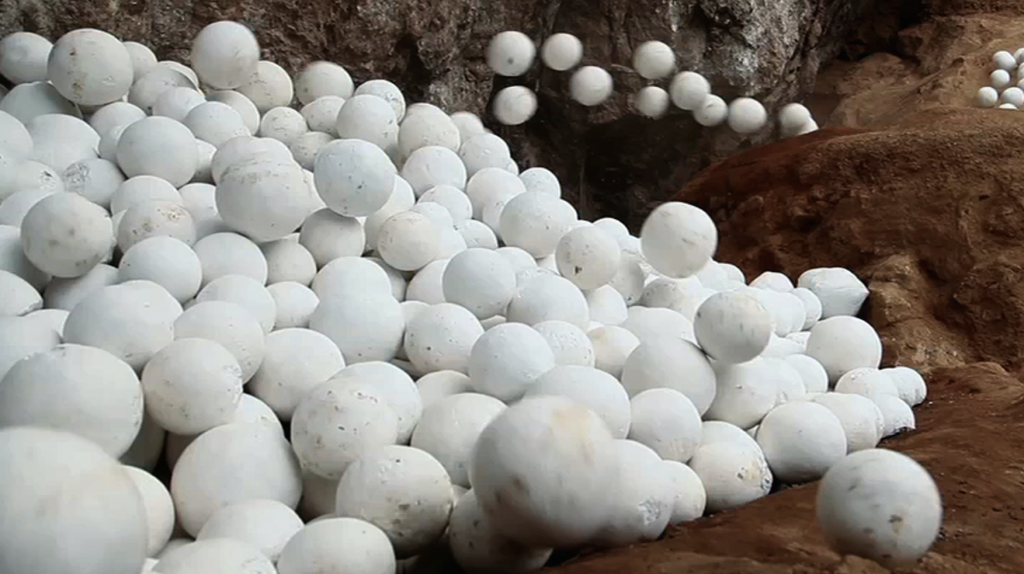Miguel Ángel Ríos: The Art of Disruption, the Elegance of Control
Miguel Ángel Ríos is not an artist who simply reflects the world—he interrogates it. Across five decades and two continents, he’s built a practice grounded in disruption, migration, and the formal tension between chaos and control.
Born in 1943 in Catamarca, Argentina—a place of mountainous stillness and political volatility—Ríos came of age during a time of national unrest. Argentina in the 1950s and ’60s was defined by dictatorship, exile, and an eroding sense of stability. His early education at the Escuela de Bellas Artes Manuel Belgrano and Prilidiano Pueyrredón in Buenos Aires immersed him in a classical foundation—but the true gravity of his work took shape in exile. As authoritarian rule intensified, Ríos left Argentina for Mexico in the 1970s, where a different political and artistic landscape allowed him to evolve.
From Maps to Movement
Ríos’s early works in the 1980s used drawing as a conceptual weapon. He deconstructs national borders and reassembles them—offering political critique through the language of geometry. The map, in his hands, becomes less a tool of navigation and more a symbol of control and erasure.
By the late 1990s and early 2000s, Ríos turned to video and installation, giving his questions a physical, time-based dimension. A Morir (2003)—arguably his most iconic work—features black-and-white spinning tops colliding violently on a concrete floor. The choreography feels at once playful and brutal, echoing the structures of war and colonization through a child’s game reimagined as ritual combat.
Miguel Angel Rios. A Morir (’til death). 2003
Courtesy of Gallery Wendi Norris, San Francisco
In Piedras Blancas (2014), large white stones roll down hillsides like invading bodies. The video Landlocked (2014) is a Metaphor of desire of the unreachable. Dogs of the high mountains from the Andes foothills, were trained to dig and execute their work, creating an illusion to get to the Pacific Ocean, a metaphor for the suffering of the Bolivian people for centuries with access blocked to these waters.
Miguel Angel Ríos. Piedras Blancas, 2014 (Still)
Courtesy of Kadist Organization of France
These works aren’t merely cinematic—they are engineered meditations on entropy, ritual, and power. Ríos uses motion to make violence visible.
El Velo (Maps de la Metré): A Cartography of Absence
This conceptual rigor is distilled beautifully in El Velo (Maps de la Metré)—a piece I recently placed in a residential interior project. It appears at first to be an abstracted transit map—its lines ghosted, names erased, logic obscured. But the deeper you look, the more it unfolds into metaphor. Ríos has reduced the legibility of the city—likely Paris—into a kind of veil: part drawing, part psychic cartography.
El Velo (Mapa de la Muerte) by Miguel Angel Rios. 1990. Charcoal, Guash, Watercolor, Ink, Papier Mache, Metallic Paint and Cut Paper on Paper.
There’s something elegiac in its smudged ink, faded form, and restraint of palette. In a softly lit lounge, it becomes a presence. It doesn’t just decorate the space—it haunts it. The work reminds us that every room holds an invisible map of memory, geography, and loss.
Finished Interior by Mandelbaum Design




